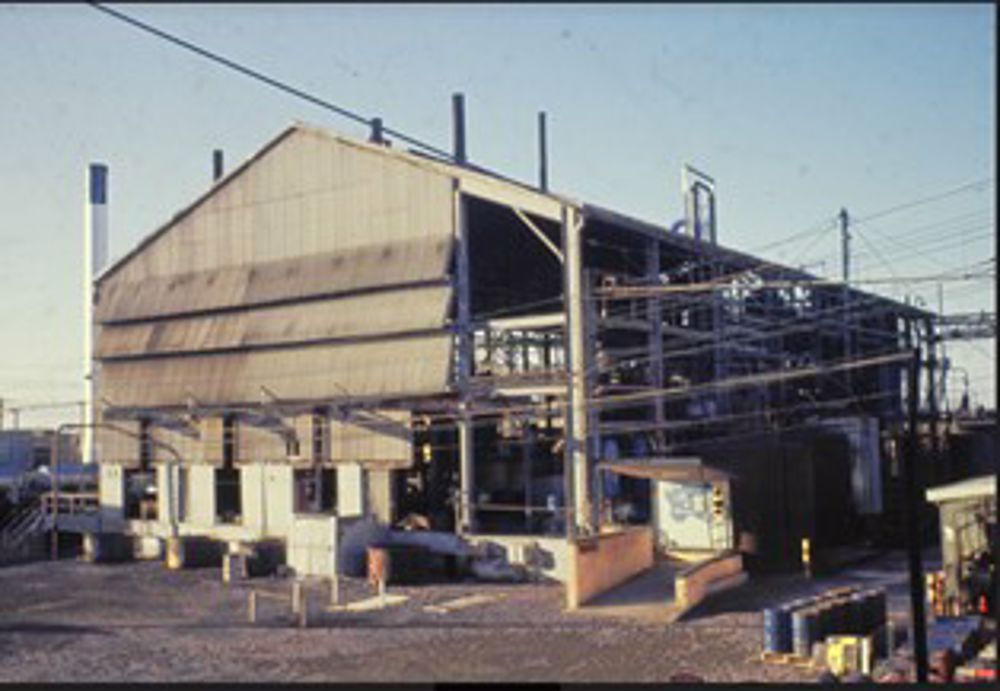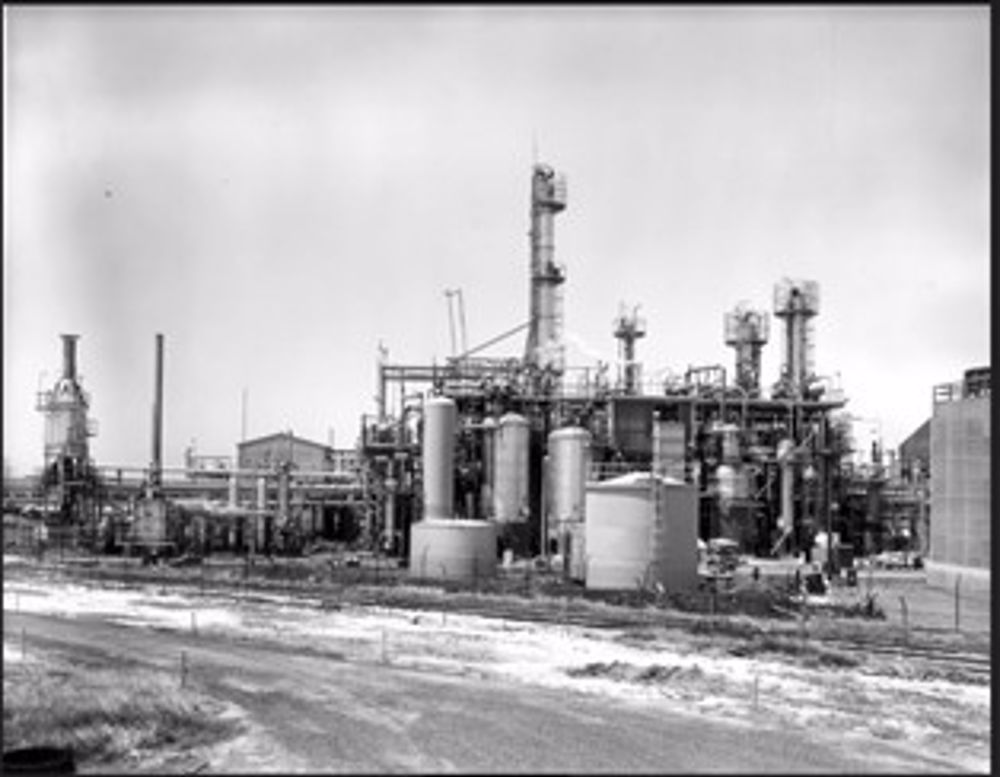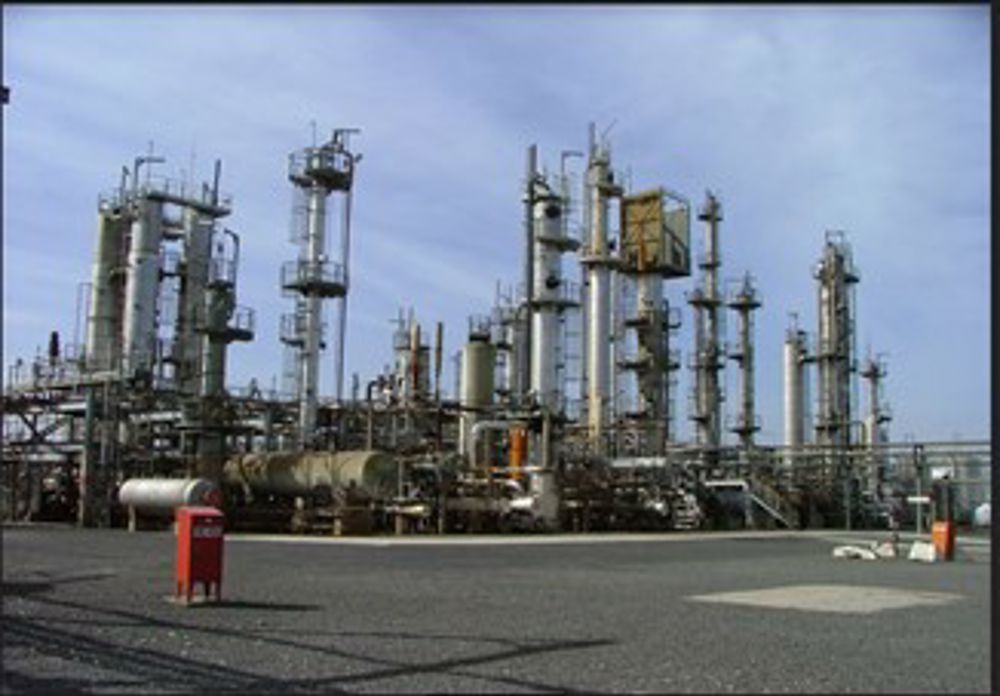A Tale of Three Phenol Plants
A Tale of Three Phenol Plants
When I started my first job out of university in 1974 at Monsanto’s West Footscray plant in Melbourne, the first unit I was shown was the shiny new cumene phenol plant (Dept. 87) with its row of pumps, distillation columns and spacious control room lined with pneumatic controllers. On the perimeter of the plant were located some additional petrochemical type equipment, which I was told were part of the ill-fated Scientific Design (SD) phenol plant (Dept. 77), which never operated to design. To the west of Dept. 87 was a large covered cement sheet clad building located above a cellar full of dank foul smelling contaminated water. This turned out to be the original sulphonation phenol plant (Dept. 223). I was intrigued, why had Monsanto operated three very different phenol plants over 25 years, a relatively a short time period?
Sulphonation Phenol Plant - (1941-1966) - #223
At the time the new Aspirin plant was constructed at the West Footscray site, a sulphonation phenol plant was also built and started up to provide phenol for the production of Aspirin. Initially this batch process, which was based on the Monsanto Krummrich plant in St Louis, Illinois, provided sufficient phenol for local demand.
In 1956 West Footscray chemists and chemical engineers in consultation with engineers at the Krummrich plant, debottlenecked the sulphonation plant by converting sulphonation, neutralisation, evaporation and acidification sections from batch to continuous processes. The modified plant was successfully commissioned late in 1957, delivering increased production at reduced unit cost for the growing phenolic resins business.

Scientific Design (SD) Cyclohexane/Cyclohexanol Synthesis of Phenol (1964-1968) - #77
Following successful operation of the debottlenecked plant demand for phenol for phenolic plastics grew strongly and a development group was charged with selecting the best technology for expanding phenol production at West Footscray. The 3 leading options considered were a new technology involving catalytic oxidation of cyclohexane, licensed by Scientific Design (SD) of New York, the standard Cumene-Phenol process licensed by Lummus and others, which co-produced an equal volume of acetone and phenol and the obsolete, but proven sulphonation route. At the time local sugar company CSR produced sufficient acetone from ethanol for the Australian market, which together with favourable terms offered by SD to secure their first commercial plant was enough to persuade the Monsanto Board that it was worth the calculated risk of selecting a technology unproven above laboratory scale.
Plant construction commenced in August 1963 and the plant came on stream in November 1964 on budget. This was an impressive performance for the local construction team as SD requested many last minute changes including air freighting several tons of stainless steel heat exchanger tubes. The SD Phenol plant was a dismal failure, unable to produce more than 60% of its design capacity with phenol yields in the low 90% range due to build-up of impurities in recycle streams and rapid coking of the platinum dehydrogenation catalyst, reducing onstream time. After a couple of years of concentrated technical effort by chemists and chemical engineers the decision was made in 1966 to build a new plant based on the conventional cumene-phenol process.

Lummus Cumene Phenol Plant (1968-1998) - #87
The Cumene Phenol plant, which started up in late 1968 was a true petrochemical process. The plant was designed to produce 20,000t/y of phenol and 12,000t/y acetone from 17,000t/y of benzene (imported) and 9,000t/y of propylene trucked from the nearby Altona Petrochemical Company (APC).
CSR revealed that it was planning to shut-down its acetone plant so by 1968 the Monsanto plant became the only Australian producer of phenol and acetone, continuing to be the sole supplier until it was shut-down in the late 1990s, when it became uncompetitive with imported phenol from South East Asia.
The plant was the pride and joy of the West Footscray site. The success of this plant was typical of the major expansion of the Australian chemicals industry during the 1960s and 70s, which was based on the purchase of proven technology to replace imports with local production, while expanding the quality and number of chemical and other engineering disciplines employed in that industry.

Resources:
- The Chemical Industry and the Australian Contributions to Chemical Technology published by the Australian Academy of Technological Sciences and Engineering in 1988 by Jan Kolm
- Monsanto Australia Limited Internal Brochures “Monsanto Review” Dec 1957 and Dec 1964